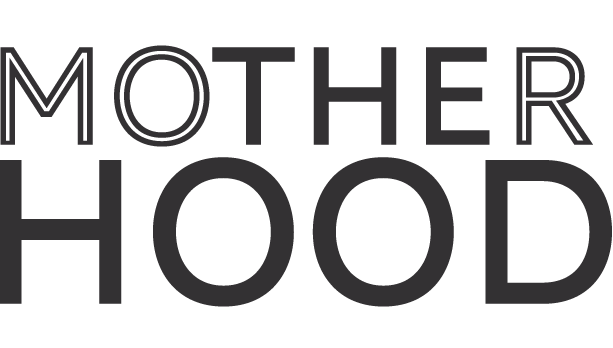Historical Wanderings
London names like “Shepherd’s Bush” hark back to a bygone era, so how long ago did that moniker actually make sense? Looking round at the bustle of Askew Road today, one can hardly imagine the bucolic scene of nearly 270 years ago. In 1745 this area was farmland, with only a scattering of dwellings and a single track — the delightfully named Gaggle Goose Green — connecting two main routes into London, the still-busy Uxbridge and Goldhawk Roads.
By 1830 the area abounded in orchards and market gardens, which supplied fresh produce to the ever-expanding City of London some four miles to the east. The fruit and veg were hauled by horse and cart or by boat on the nearby Thames. Soft fruits such as strawberries would be taken on foot, with women carrying the baskets on their heads. If only our greengrocers were as dainty today.
As London continued to widen westward, the growing demand for building materials encouraged the farmers to supplement their income with brickmaking using the clay lying under the topsoil. Commercial enterprises flourished, often digging 12 feet down to collect the clay. The process must have pleased the gaggle of geese, as it created many ponds and, in one instance, a lake on Starfield; that site is now a road of the same name. Between 1870 and 1890 over 17 million bricks were produced, and the Stamford Brook Brickfield, covering over 50 acres at its peak, employed 250 men and boys.
Like modern families seeking a leafy landscape with an easy commute, wealthy families who wished to live in a rural and healthy environment but within easy reach of London settled in what was then known as North Fulham. One large landowner in the 18th century was, of course, the Askew family, who owned substantial land in Gloucestershire. Their legacy lives on not only in the name of the main shopping street but some residential streets as well. A century later the Marryat family resided in a large house to the west of Askew Road. Captain Marryat served for many years with the Royal Navy, leading a successful expedition up the River Bassein in Burma, so giving the name to Bassein Park Road.

Two other notable residents were Fleet Paymaster William Lovely RN and Dr. Harry Campbell Pope. The former lived at Delhi Lodge, 1 Askew Road, in 1887, a fact recorded on a blue plaque on the house, whilst Dr Pope resided at Bromsgrove Villa, just at the southern end of Askew Road. Dr. Pope was a member of many medical societies as well as an active member of local charities, and his name is still inscribed on a stone outside his home overlooking Starch Green. He was the first chairman of the Kensington Division of the British Medical Association – his area of expertise was infectious disease – especially the causes, diagnosis and treatment of diphtheria.

In the second half of the 19th century, even the less well-off were lured to the Askew area as new tram and train services made the area attractive to clerks and other City workers. By 1893 affordable housing was rapidly covering the orchards and brickfields whilst shops and tradesmen’s premises were established in Askew Road. Schools and churches were built, pubs opened their doors and small businesses flourished in side streets. Dairies provided fresh daily milk and many households earned extra money by taking in laundry from the more affluent Kensington residents. In 1900 there were 62 laundries listed in and around Becklow Road alone; today one still operates in Jeddo Road, though presumably few customers from Kensington come calling these days.
More factories opened at the turn of the 20th century including Peal and Co, with a warrant to supply boots and shoes to King George V. One of the largest was the engineering works of Lucas in Emlyn Road. Houses were built on the Wendell Park Estate and the Church Commissioners, as well as donating the land for Wendell Park, built roads of maisonettes which were let to policemen and court officials.

The First World War saw the municipal kitchen in Becklow Road’s Victoria Hall providing up to 2,000 meals a day. During the Second World War residents built Anderson shelters in their back gardens, and there was a concrete one for public use in Wendell Park. The area suffered badly during air raids — the Sun pub in Askew Road received a direct hit, as did the Victorian ‘three decker’ school in Westville road, now called Greenside. The school was rebuilt to a design by architect Erno Goldfinger (whose name has been immortalized by Ian Fleming) in 23 days in 1950 and is now a listed building. He also built Trellick Tower as well as other notable buildings throughout London in response to the post-war housing shortage and became well known as a tower block designer.

The trolley buses have long gone and the pond at Starch Green is now a neatly mowed green lawn. Shops in Askew Road which once provided fresh milk from cows tethered nearby or live rabbits bred in adjacent fields have been replaced with modern delicatessens, butchers and bakers. The factories are now apartments and industrial units residential homes, as families continue to enjoy living in this area with its easy access to central London, its green spaces and its fascinating history.
About the author:
Caroline MacMillan is a local resident who organises historical walks around west London. If you’d like to find out more about one of her walks, she can be contacted via email at southwold7@tiscali.co.uk or by phone 07979 751772.

